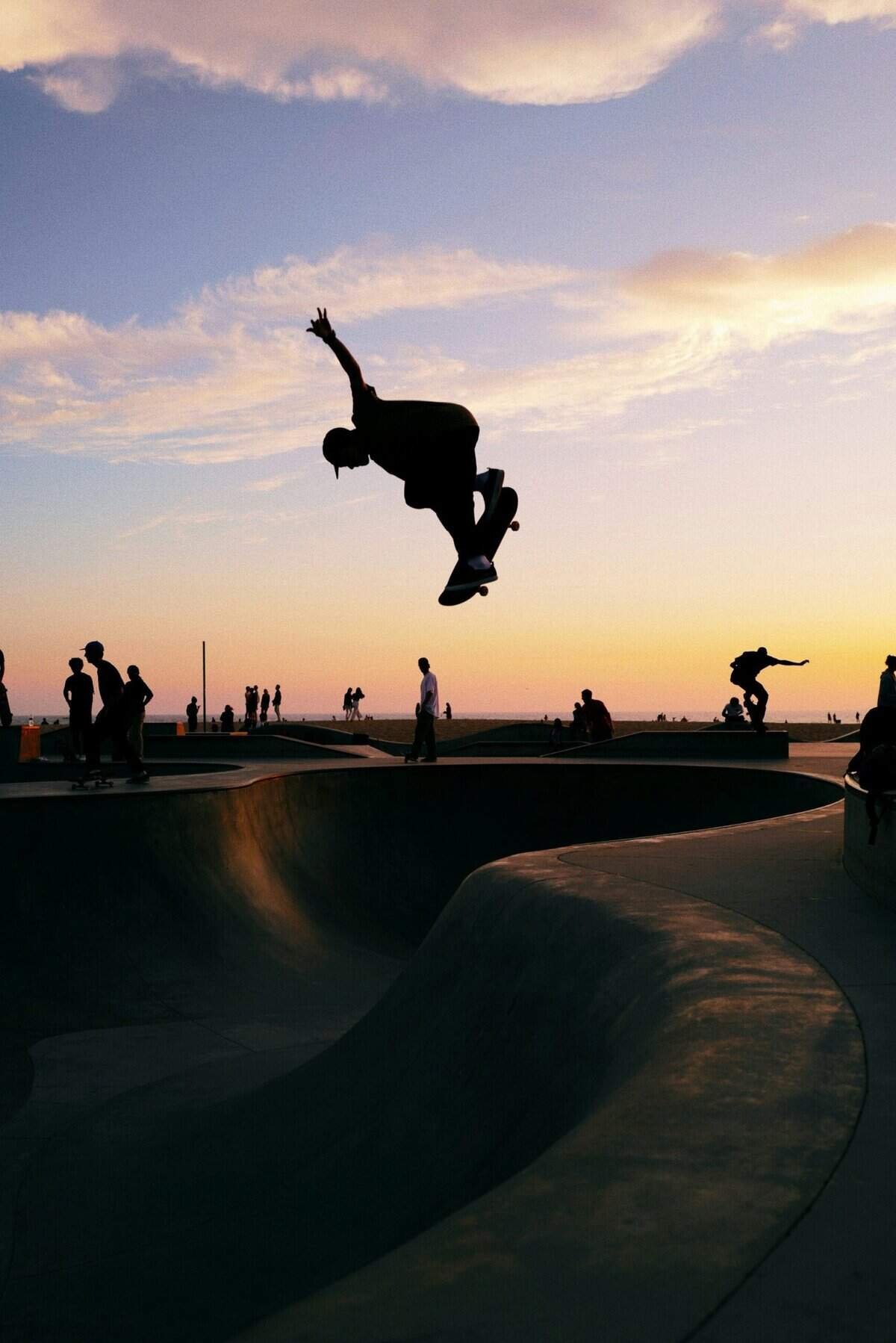Have you ever stood in front of a wall of skateboard decks and wondered why they come in so many different sizes? Choosing the right skateboard deck can be a daunting task, especially for those new to the sport. At its core, the skateboard deck length affects much more than the look of your board; it significantly impacts your performance, comfort, and overall skating experience.

Understanding Skateboard Decks
A skateboard deck is the flat board you stand on while skateboarding. It’s a vital component of your skateboard setup, dictating not just the style of skating you’ll indulge in, but also how well you’ll be able to manage tricks and maneuvers. To make an informed decision, it’s crucial to understand the anatomy of a skateboard and how each element influences its functionality.
The Anatomy of a Skateboard Deck
Before delving into lengths, let’s unpack the basic elements of a skateboard deck:
Width: Typically ranges from 7.5” to 8.5”. Wider decks offer more stability, making them preferable for vert ramps and those seeking stability, while narrower decks are suitable for technical and street skating due to their flip agility.
Length: This varies from around 28” to over 33”, influencing stability and performance.
Concave: This refers to the curvature across the board’s width, which can vary in depth, affecting how your feet grip the board.
Nose and Tail: The front and rear ends of the board are known as the nose and tail, respectively. They’re both crucial for executing tricks.
The Role of Deck Length in Skateboarding
Deck length is often overshadowed by width in discussions about skateboard setup, yet it plays a critical role in dictating performance characteristics that range from how the board handles to how forgiving it is. Let’s analyze how deck length interacts with other elements to influence your skateboarding.
How Deck Length Influences Stability
Stability is a key factor for skaters of all levels, from beginners to seasoned pros. Here’s how length factors into stability:
Longer Decks: They generally provide greater stability, making them ideal for beginners and downhill racing. The increased surface area offers a stable base to land on, which is a significant advantage when learning basic skills or handling high speeds.
Shorter Decks: Offer less stability but allow for quicker, sharper turns and are more responsive. This makes them suitable for technical skating and tricks where flips are common, as the reduced length facilitates rapid movements with less weight.
Maneuverability and Deck Length
When you think about skating styles that involve intricate footwork and tight turns, such as park and street skating, maneuverability becomes essential. Here’s a closer look:
Long Decks and Maneuverability: With their extended length, these boards can be cumbersome to maneuver, particularly challenging for executing quick pivots and flips. Though slower to react, they provide ample space for foot placement, which again ties back to stability.
Short Decks and Maneuverability: Shorter decks shine here, allowing for quick actions and responsive control. This makes them the go-to choice for skaters keen on perfecting technical tricks that demand a rapid response from the board.

Evaluating Deck Length for Different Skate Styles
Skateboarding encompasses various styles, each with its own requisites in terms of deck size. Let’s examine how different deck lengths cater to diverse skateboarding disciplines.
Street Skating
Street skating is all about technical precision and tricks performed on urban terrain. This style often benefits from shorter decks.
Optimal Length Range: 28” – 31”
- Advantages for Street Skating:
- Lightweight: Easier to carry and convert into quick flips.
- Trick-Friendly: Offers greater control for executing flip tricks.
- Agility: The shorter length helps in threading around city obstacles.
Vert Skating
Vert skating involves ramps and airs, necessitating greater stability. When skating vert, it’s crucial to find a balance that offers control and ease of movements in mid-air.
Optimal Length Range: 31” – 33”
- Advantages for Vert Skating:
- Stable Landings: The added length cushions impacts.
- Controlled Airs: Longer decks provide a more concrete platform for aerial tricks.
- Foot Placement: Easier to maintain stance on ramps for beginners.
Cruiser and Longboarding
This form is more laid-back, often less about tricks and more focused on transport and downhill fun. Typical cruisers require a different approach in terms of deck length.
Optimal Length Range: 32” and above
- Advantages for Cruiser and Longboarding:
- Smooth Rides: Provides greater comfort over longer distances.
- Stability in Speed: Offers stability necessary for high-speed downhill runs.
- Room for Adjustment: More space for stance shifts during rides.
Technical and Park Skating
This centers around the ability to execute complex maneuvers with perfection. The deck’s capabilities are stress-tested here with frequent tricks and combos.
Optimal Length Range: 28” – 32”
- Advantages for Technical and Park Skating:
- Versatility: A mid-range length allowing tricks while maintaining stability.
- Quick Reactions: The balance of length enhances performance agility.
- Foot Control: Provides sufficient space for dynamic foot placements for varied tricks.

Customizing Your Ride: Finding the Perfect Deck Length
Choosing a skateboard can feel overwhelming, but remember it’s about finding what feels right for you. Here’s how you can go about selecting the perfect deck length:
Consider Your Height and Foot Size
Your body characteristics can greatly influence your comfort and control on a skateboard.
Taller Skaters: May prefer longer decks for the additional stability and foot room.
Smaller Skaters: Possibly favor shorter decks for ease of control and lighter weight matching their body size.
| Skater Height | Recommended Deck Length |
|---|---|
